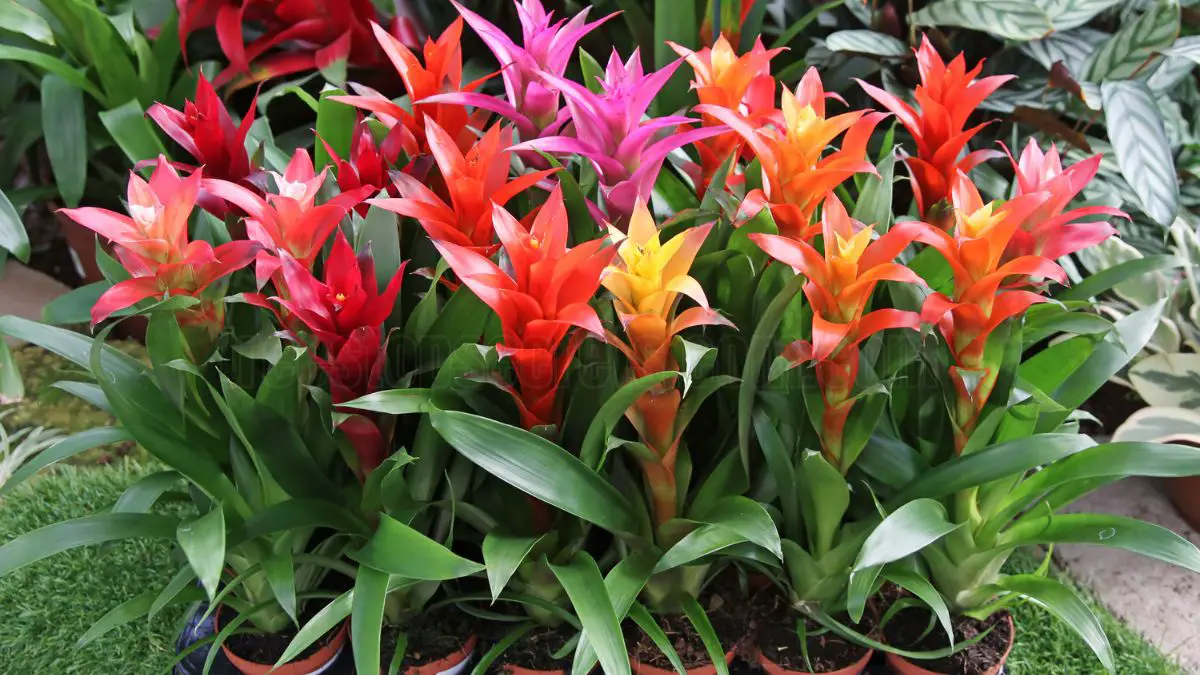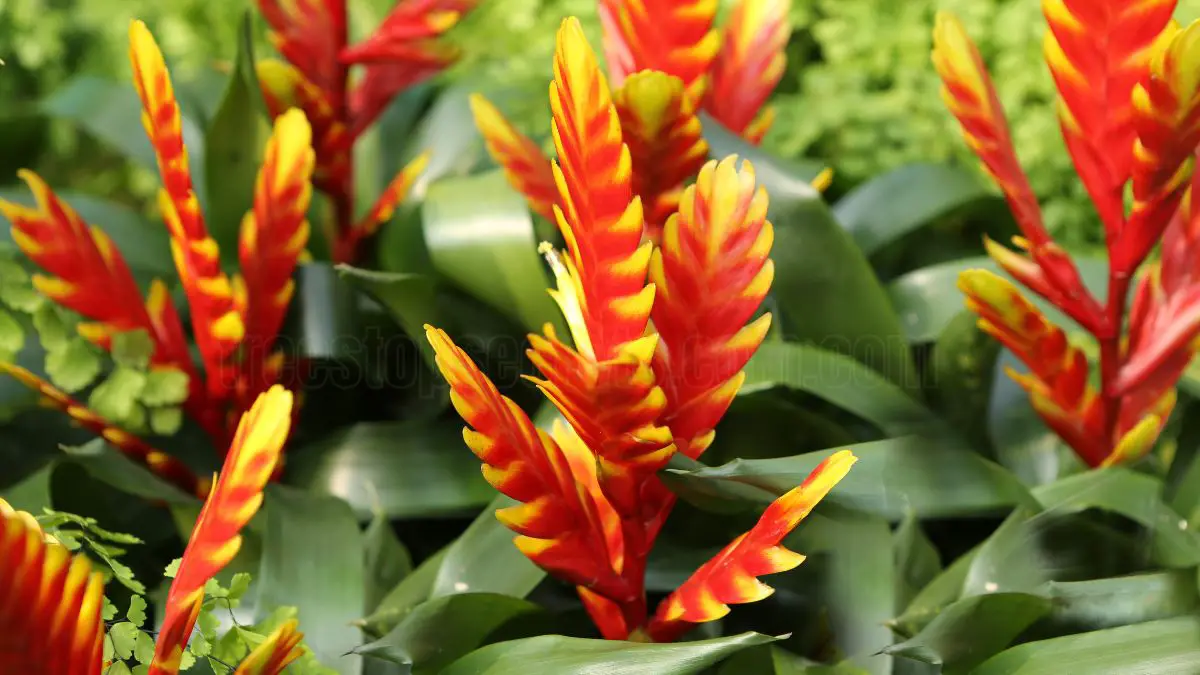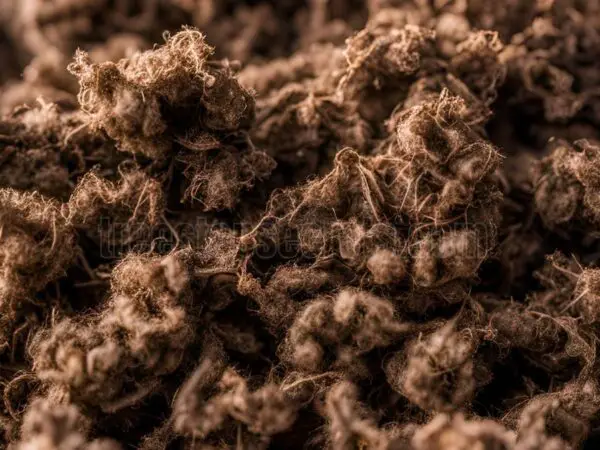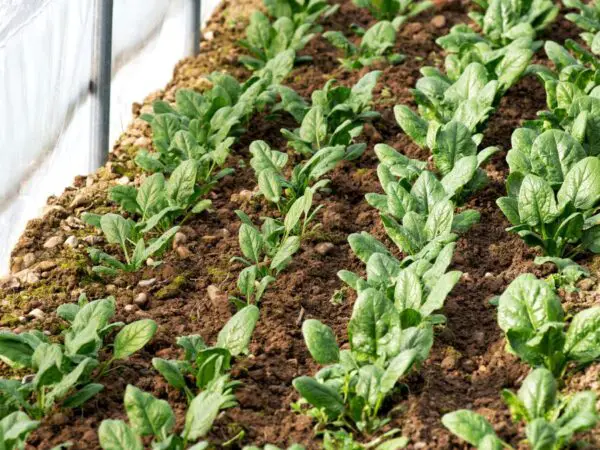Getting to know these dazzling little tropical beauties will help you keep them happy and blooming. Famed for their dramatic inflorescences, guzmanias flourish in consistently warm, humid conditions, allowing them to adapt to ideal houseplants in most urban jungles.
Keeping bright indirect light and evenly moist soil is key to keeping them happy. Guzmanias like to grow in a very open, fast-draining substrate, typically a combination of potting mix and orchid bark.
Pests and diseases can be avoided through regular monitoring and providing good air circulation. Indoor guzmania caretakers will find their living spaces more attractive and welcoming when these care instructions are followed.
These gorgeous plants are full of personality and the perfect pop of color for any space.
Key Takeaways
- Understanding the specific needs of guzmania bromeliads, including optimal light, water, and humidity levels, is crucial for their indoor care and vibrant growth.
- Keep your guzmania in a bright spot with indirect sunlight. Watch for signs like yellowing leaves to know when your plant is stressed so you can keep it thriving.
- Develop a regular watering schedule, making sure to fill the central rosette. To avoid overwatering, follow the rule of thumb to let the top inch of soil dry out between waterings.
- Plant guzmanias in a coarse, well-draining soil mix to promote healthy growth and resist root rot, and avoid repotting unless absolutely needed.
- Keep an eye out for typical pests and diseases, using integrated pest management techniques to keep your guzmania safe.
- Change care practices with the seasons, providing more humidity in the dry months, and altering watering schedules to match the plant’s growth cycle.
Comprehensive Care for Indoor Guzmania

Guzmania bromeliads are fascinating plants that can make great indoor plants with proper bromeliad care. By knowing their exact requirements, you’ll be able to help them flourish and produce true bromeliad flowers.
1. Optimal Lighting Conditions for Guzmania
To encourage healthy growth, place guzmania in bright, indirect light. Though a few species can adapt to full sunlight, the majority will require filtered light conditions in order to prevent leaf scorching.
Monitor your Guzmania’s leaves for signs of stress. Dark green foliage means not enough light, and a yellowing plant needs more light. Best spots are east-facing windows or bright rooms.
2. Watering Techniques to Prevent Overwatering
Water guzmania when the top 1 inch of potting mix is dry. To replicate natural conditions, fill the rosette’s central cup with water.
As seasons change, so should watering frequency—more during the growth phase, less during dormancy. Yellowing leaves or mushy roots may signal overwatering.
3. Ideal Temperature and Humidity Levels
Keeping your indoor temperatures in the range of 60°F-80°F will go a long way towards keeping your Guzmania healthy. Freezing temperatures will cause severe damage to the plant, so protect your Guzmania from cold drafts or winter weather.
You can boost humidity by lightly misting the leaves or setting the pot on a tray of pebbles filled with water. Maintain humidity levels at 50-70%.
4. Choosing the Right Soil for Guzmania
Look for a soil mix that drains well to avoid root rot, like one made from orchid bark and coco coir. Skip the regular potting soil, as it holds too much water.
This will create the best environment for guzmania to thrive.
5. Fertilization Practices for Healthy Growth
Fertilize the guzmania bromeliad every other month during the active growing season with a diluted all-purpose fertilizer, halting in winter to promote true bromeliad flowers and healthy leaf growth.
Common Issues and Solutions
Though the guzmania bromeliad is a hardy indoor plant, it can encounter a variety of issues that require prompt identification and treatment. Understanding common problems is the first step to enhancing bromeliad care and their lifespan.
1. Identifying Early Signs of Stress in Guzmania
Early detection and diagnosis of plant stressors is important. Yellowing leaves, for example, can either mean a nutrient deficiency or too much light. Brown leaf tips are a common indication of too low humidity, which should be kept between 50-70%.
Checking the general health of the plant can tell you if your Guzmania is doing well or if it is in distress. Common stress indicators include:
- Yellowing leaves
- Browning tips
- Wilting or drooping
- Stunted growth
2. Managing Pests and Diseases Sustainably
Ongoing scouting for pests like scale, spider mites and mealybugs is a must. Insecticidal soap can be a safe way to control infestations and protect the plant.
Avoiding overwatering practices is key to avoiding root rot and fungal diseases. Here’s a table of common pests and their treatments:
|
Pest |
Treatment |
|---|---|
|
Scale |
Insecticidal soap |
|
Spider mites |
Neem oil |
|
Mealybugs |
Rubbing alcohol |
3. Addressing Root Rot and Salt Build-Up
Signs of root rot include wilting or mushy roots, which are good indicators that your plant is rotting. Immediate action, like flushing the soil, can quickly get rid of excess fertilizer salts.
If root rot is a concern, immediate repotting in new, well-draining soil is ideal. Preventative measures include:
- Not watering until the top inch of soil is dry
- Using distilled or rainwater to avoid salt build-up
4. Tips for Post-Bloom Care
After the showy blooms have faded, removing them will help stimulate new growth. Once the plant begins to go dormant, you’ll want to cut back on watering as well.
Watching for pups that can be propagated will help ensure years of healthy plants to come. A checklist of post-bloom tasks includes:
- Remove faded blooms
- Reduce watering frequency
- Monitor for pups
Propagation and Repotting Techniques
Being familiar with the guzmania lifecycle will help you successfully propagate and repot your plant. These plants typically create pups, or offsets. After they reach a height of around 4 inches, you can cut them free from the mother plant. This phase means they’ve grown enough roots to live on their own.
When repotting, be sure to use pots with drainage holes to avoid water build up that can cause root rot.
1. Best Practices for Repotting Guzmania
Repotting should be done only when necessary, as guzmanias prefer to be somewhat pot bound. Wider, shallower pots work best, providing ample room for the plant while preventing the need to repot regularly.
When to Repot GuzmaniaRepotting becomes necessary when the other plant is in the process of creating new leaves. For optimal growth, only increase the pot size by 1 or 2 inches at a time. Add clean, well-aerated soil to give the roots room to grow, and be sure to treat the plant with care to prevent root damage.
Signs that it's time to repot include:
- Roots visibly growing out of drainage holes
- Soil frequently drying out too quickly
- Stunted growth despite adequate care
2. Effective Propagation Methods for Indoor Growth
PropagationPeperomia is mainly propagated by using offsets or pups. Make sure the pups are rooted well enough before planting them in a well-draining soil mix. Proper lighting and humidity is key when trying to get new plants going.
PreparationCollect everything you need, including a sterile cutting tool, 4-inch pots filled with bromeliad mix, rooting hormone, and small wooden stakes. Wait until the offshoot is a third to half the size of the original plant before gently cutting it away at the base. This will make the offshoot easy to remove.
Seasonal Care Adjustments
The best way to keep your guzmania bromeliad thriving is to adjust bromeliad care practices with the seasons. This method makes the plant more durable overall and ensures that the plant’s needs are in tune with its environment.
1. Adapting Care Throughout the Year
One essential aspect of bromeliad care is keeping track of the amount of light your guzmania bromeliad receives. With the change of seasons, the strength and length of daylight changes drastically. Place your guzmania where it can get filtered or indirect light, but not direct sunlight to ensure healthy guzmania blooms.
Adjusting your watering schedules is crucial as well. Water more during the active growth seasons of spring and summer, and less during the fall and winter dormant period. Additionally, consider temperature fluctuations and their impact on your bromeliad's health.
Keep the plant out of the way of drafts, especially during the colder season, to help provide a consistent environment. Developing a seasonal to-do list can make your bromeliad care more efficient and effective.
Add inspecting for pests, modifying fertilizers, and maintaining a regular humidity level to your list to ensure your guzmania remains a vibrant indoor plant.
2. Overwintering Strategies for Guzmania
When winter comes knocking, it’s important to take action and move your guzmania to a warmer spot to avoid frost damage. The plant’s dormancy means you’ll need to water less often — about once every two to three weeks should do it.
Keeping humidity high, especially in the dry months of winter, is important to avoid stressing these plants. Overwintering tips include placing a humidifier nearby, misting the leaves occasionally, and ensuring the pot has adequate drainage to avoid waterlogging.
Styling and Displaying Guzmania Indoors
Guzmania plants, known for their vibrant colors, are gorgeous in their bright hues and incredibly versatile decorative pieces in any domicile. Adding these beautiful bromeliad flowers to your home decor is a surefire way to enhance the look of your space! By getting creative with different ways to display guzmania blooms, you can make your home a beautiful escape.
1. Innovative Arrangement Ideas for Home Decor
Try out new heights and textures when displaying guzmania. Setting plants at different heights adds another layer of intrigue. Opt for colorful pots or decorative trays that complement the vivid flowers.
Choose orange or purple tones that complement the color of the Guzmania flowers. Pairing guzmania with other tropical plants, such as peace lilies or snake plants, creates an exotic indoor jungle vibe.
- Consider a tiered plant stand to elevate guzmania.
- Arrange plants in a corner for a cozy nook.
- Use a suspended planter for a unique overhead display.
- Make a statement on a coffee table with guzmania and votive holders.
2. Companion Plants that Enhance Guzmania Aesthetics
Picking companion plants that do well in similar light and humidity levels as guzmania is key to a balanced arrangement. If you prefer a fern or other bromeliad companions for a more serene appearance, the guzmania’s bright flower spikes will pop against darker green leaves.
- Pair guzmania with pothos for trailing greenery.
- Use calatheas for their striking leaf patterns.
- Combine with orchids for added elegance.
A beautiful display of guzmania paired with equally well-thought-out companions can take your indoor gardening to another level.
Conclusion
Growing indoor guzmanias provides a truly rewarding experience. These colorful beauties instantly brighten up any area with their neon colors and exotic foliage. By ensuring proper light, watering and humidity, you’ll create the perfect environment for your Guzmania to thrive. By being aware of what problems tend to arise, you can address them immediately and keep everything on track.
Repotting and propagation
Repotting gives you the opportunity to expand your collection and share Guzmania plants with friends and family. By modifying care for guzmanias according to the seasons, you’ll ensure that these exotic beauties will flourish throughout every season. Try to use imaginative arrangements to bring out their loveliness within your home. Come along for the ride with guzmanias, and take pride in having successfully cared for these dazzling beauties. Begin your indoor plant care routine now and see your indoor garden thrive.
Frequently Asked Questions
What type of light do Guzmanias need?
Guzmania bromeliads thrive in bright, indirect light, making them a great houseplant choice. It's best to position them near a window where the light is filtered, as direct sun can burn their vibrant foliage.
How often should I water my Guzmania?
How often should I water my guzmania bromeliad? Allow the top inch of soil to dry out before watering, ensuring it’s not sitting in standing water for optimal bromeliad care.
What temperature is ideal for Guzmanias?
Guzmania bromeliads thrive in warm conditions, ideally between 65°F and 80°F (18°C to 27°C), making them a great houseplant choice. Protect them from cold drafts and temperature fluctuations.
How do I propagate Guzmania?
Guzmania bromeliads can be propagated pretty easily using offsets or pups that form at the base. Allow their roots to get established by waiting until they are a few inches tall before separating them from the mature plant.
When should I repot my Guzmania?
Repot your guzmania bromeliad when it becomes rootbound, typically every 2-3 years. This is crucial for maintaining healthy bromeliad care, as being rootbound can lead to root rot.
What are common pests affecting Guzmania?
What are common pests affecting guzmania bromeliad plants? Check your guzmania often, and remove any infestations with insecticidal soap or a neem oil solution.
How can I encourage blooming in Guzmania?
To encourage blooming in Guzmania bromeliad plants, one effective method is to place an apple next to the plant, as the apple emits ethylene gas that stimulates guzmania blooms.
Image Source: Paid image from CANVA




